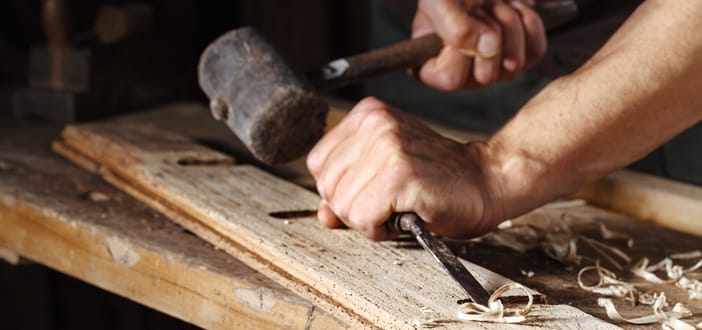
Make (n) – to bring into existence by shaping or changing material, combining parts, etc.
Manufacture (n) – the making of goods or wares by manual labor or by machinery
In the past six weeks, I’ve had the opportunity to see making and additive manufacturing from multiple perspectives. In Niskayuna, NY, it was about companies, universities and the State advancing technology and building businesses and ecosystems based on additive manufacturing. In Washington, DC, at the White House and on Capitol Hill, it was all about Makers and their communities. The reality – both are manufacturers and both are makers, just at different ends of the spectrum of production.
Both makers and manufacturers use additive technologies to create their products. Depending on what they’re making, the materials range from polymers to metals to ceramics. The equipment can be as inexpensive as $350 to as much as $1 million, depending on what you want to do. The uses range from prototyping to final production. The products range from the very simple like the Nation of Maker coins distributed to the White House state ambassadors to kick off the National Week of Making to very complex jet engine parts.
Maker to Manufacturer
Maker communities are very dynamic and growing. They tap into the creative instincts in us all. The level of energy and commitment at both the White House and the Capitol Hill 2016 Maker Faire was extraordinary. More and more they are engaging younger people across lines of race, gender and income level. The communities are actively working to be more inclusive, not just more diverse. The young people joining the communities are learning STEM and design skills that will stand them in good stead for the rest of their lives.
Manufacturing communities can likewise be very dynamic. The promises inherent in additive manufacturing can transform many products and the processes by which they’re made. Additive allows you to make things that have not been possible to make before. It opens up a whole new set of opportunities for unique, value-added products and for some suppliers while closing them off for others. Today’s suppliers should be concerned that additive can be used to make larger, continuous products that used to have to be assembled from a variety of smaller parts, thus reducing part counts. For commercial scale operations, the range of materials available continues to increase; the equipment is becoming more sophisticated, faster and more capable; and end users are more accepting of parts produced with additive technologies. Perhaps most importantly for the manufacturers and their communities, the maker communities are training the future workforce.
Not surprisingly, some number of today’s makers will decide they want to build businesses too and become part of the next generation of manufacturers. It’s a revolution and evolution I’m looking forward to watching, because, in the end, makers and manufacturers are part of the same tradition of craftspeople with creativity and pride of workmanship, making things that others want and need.